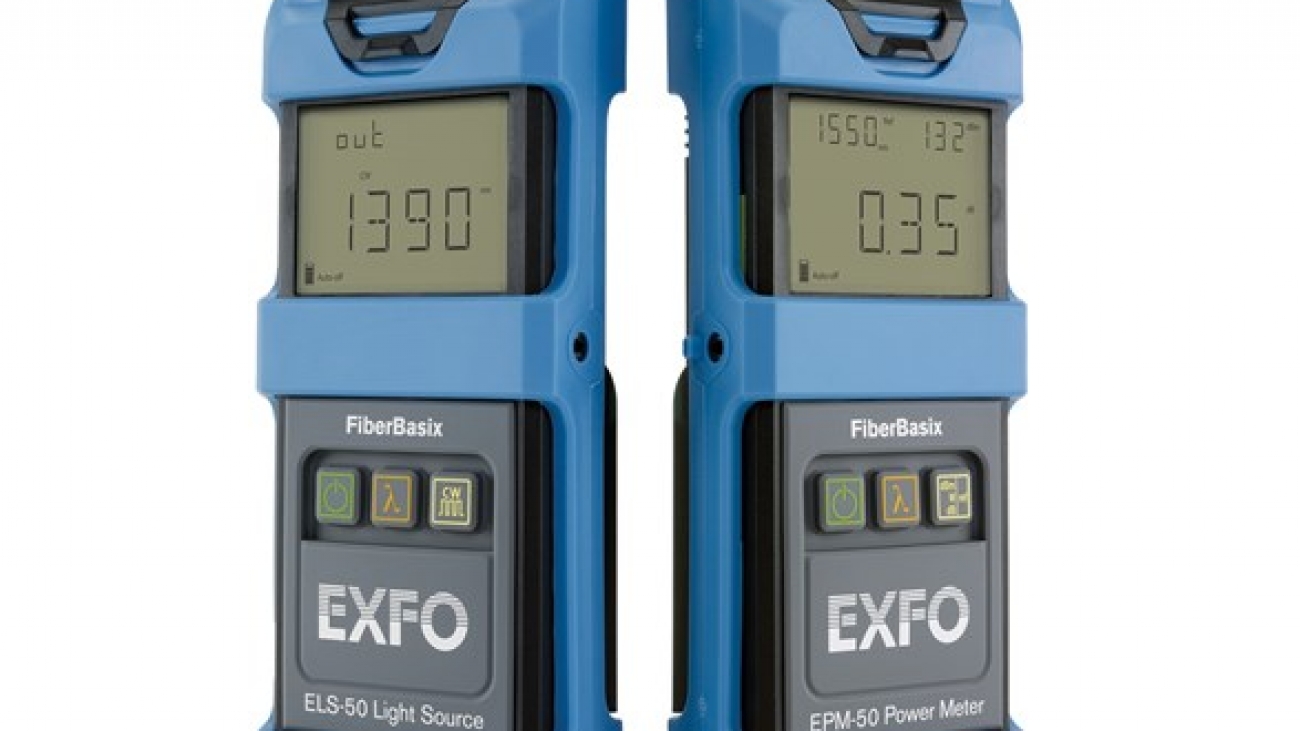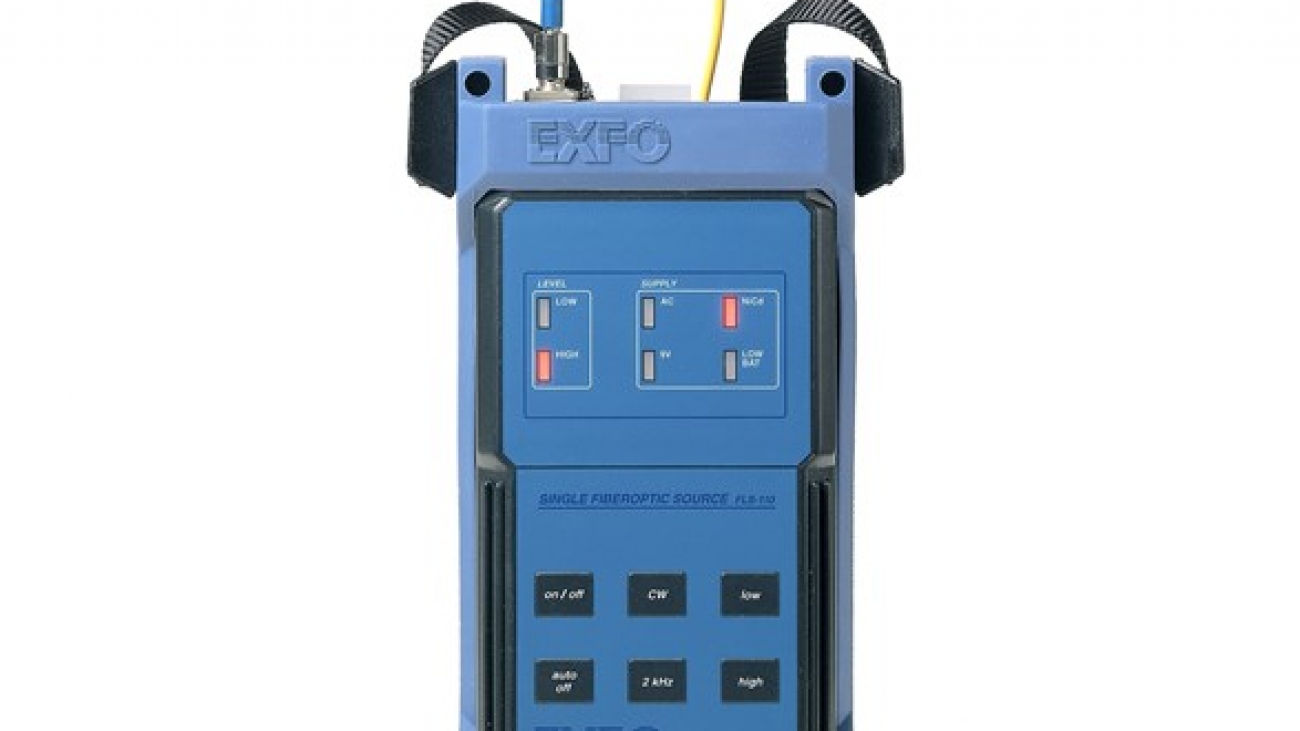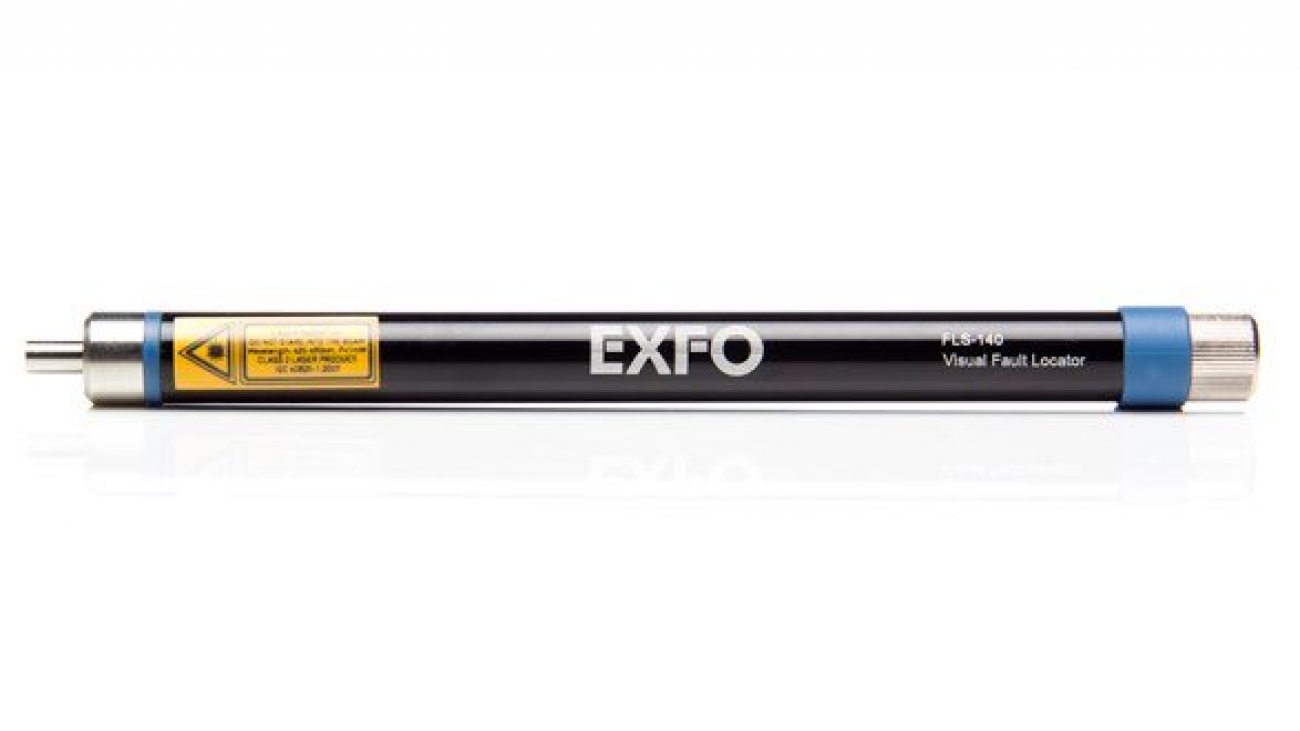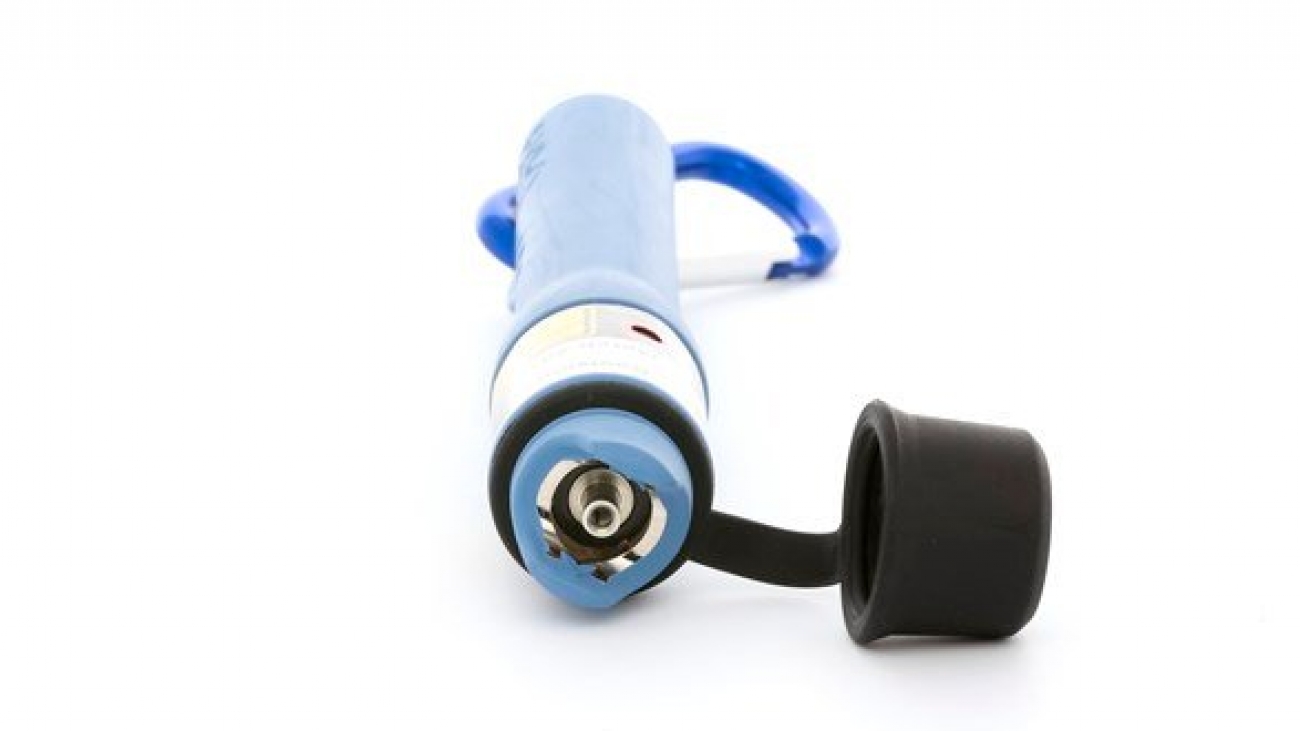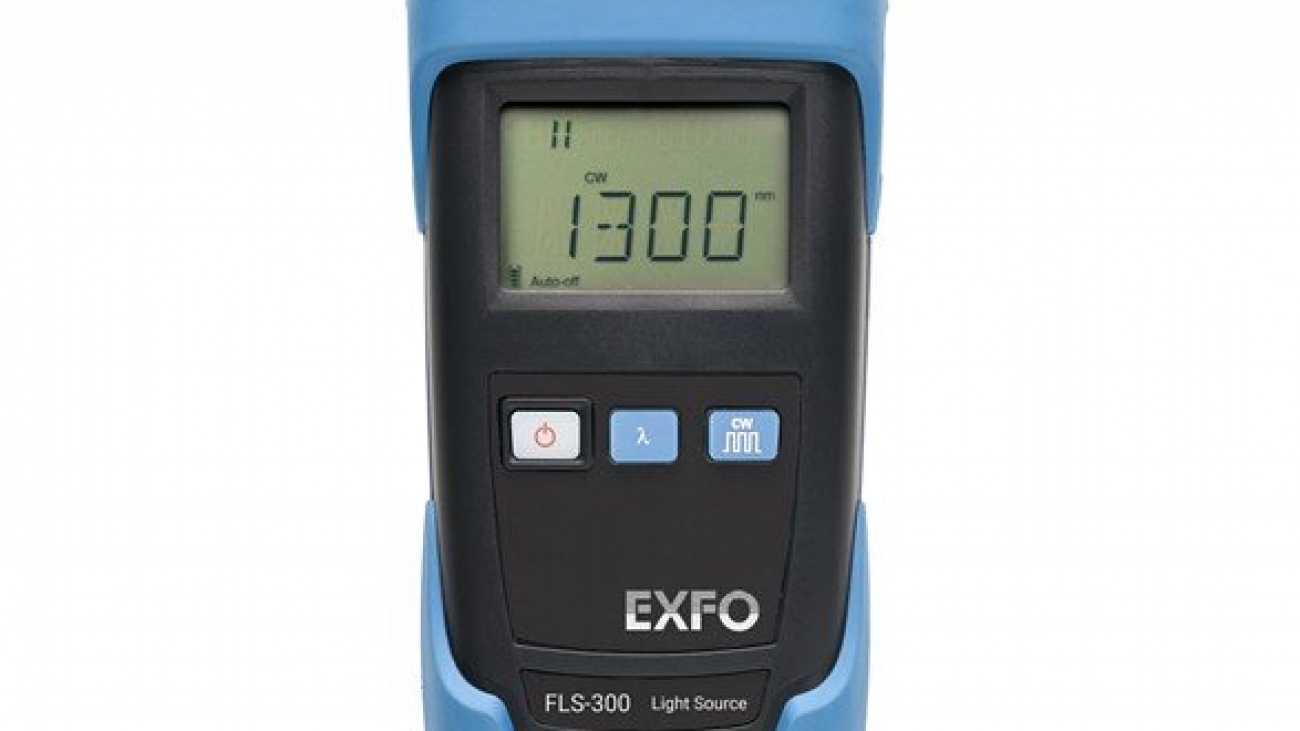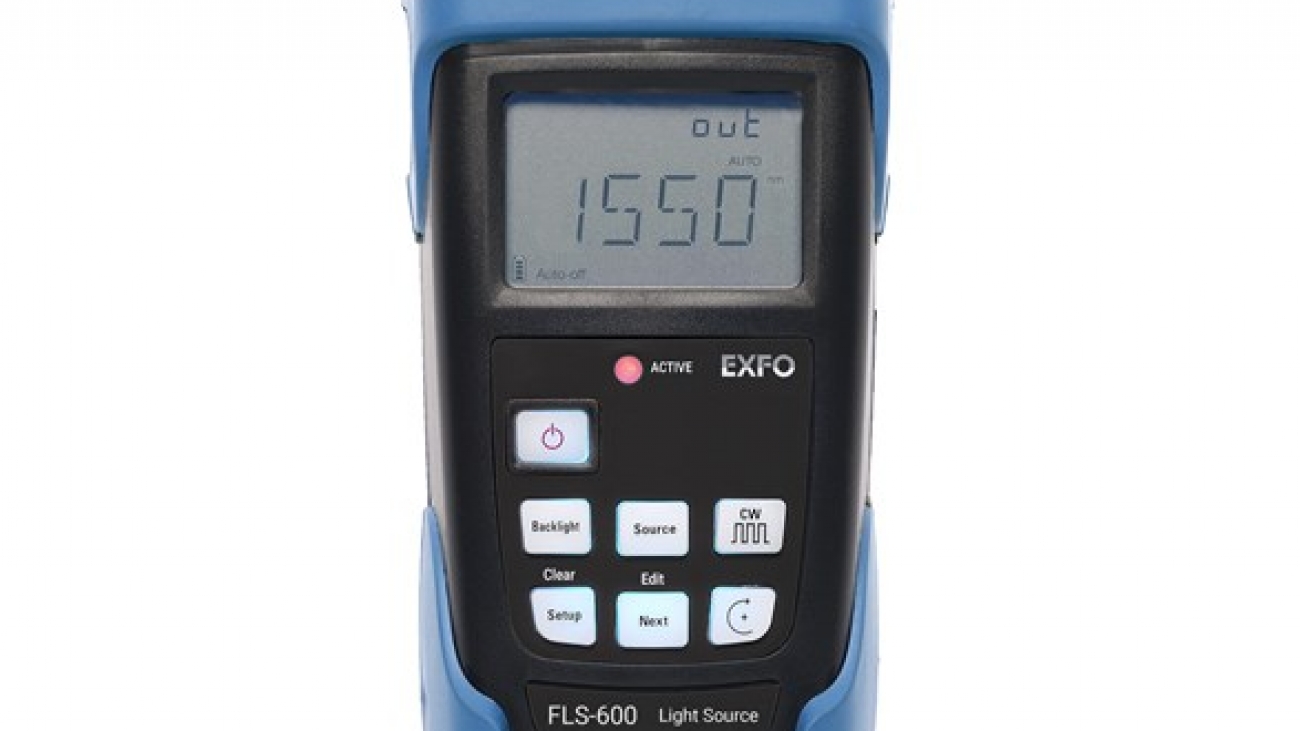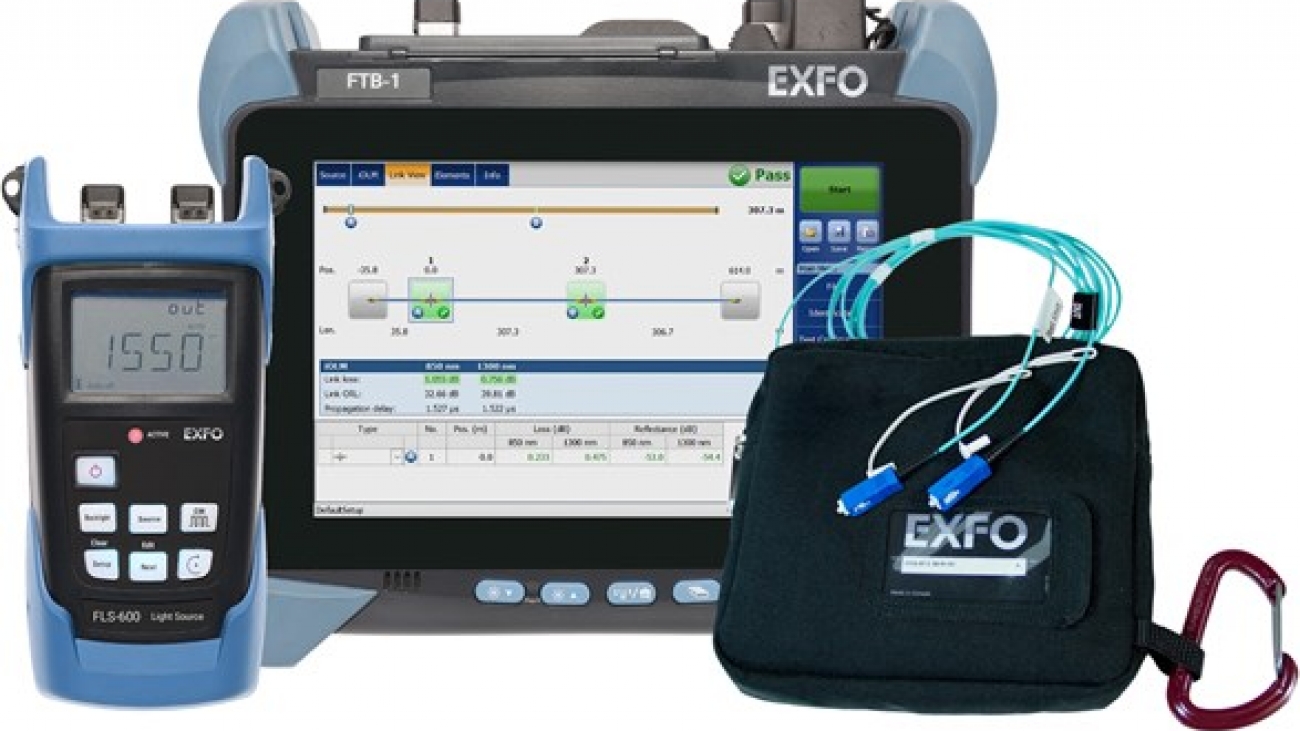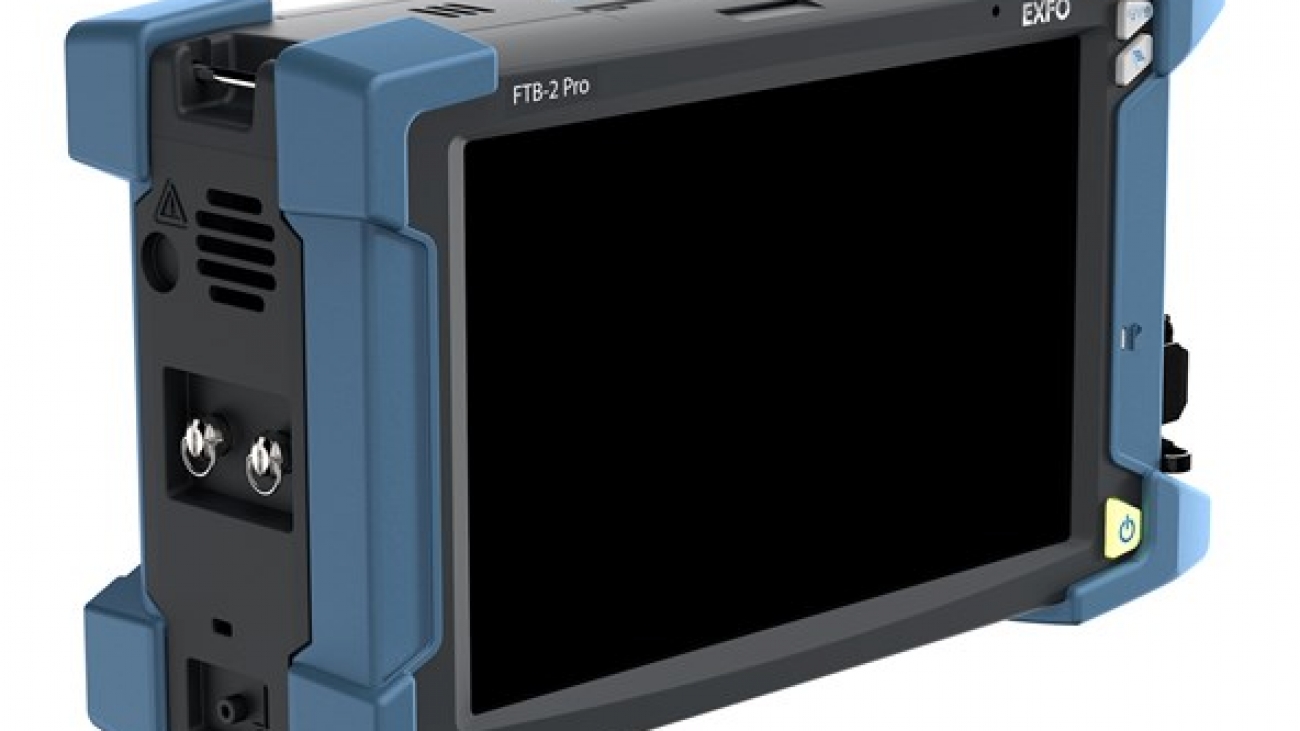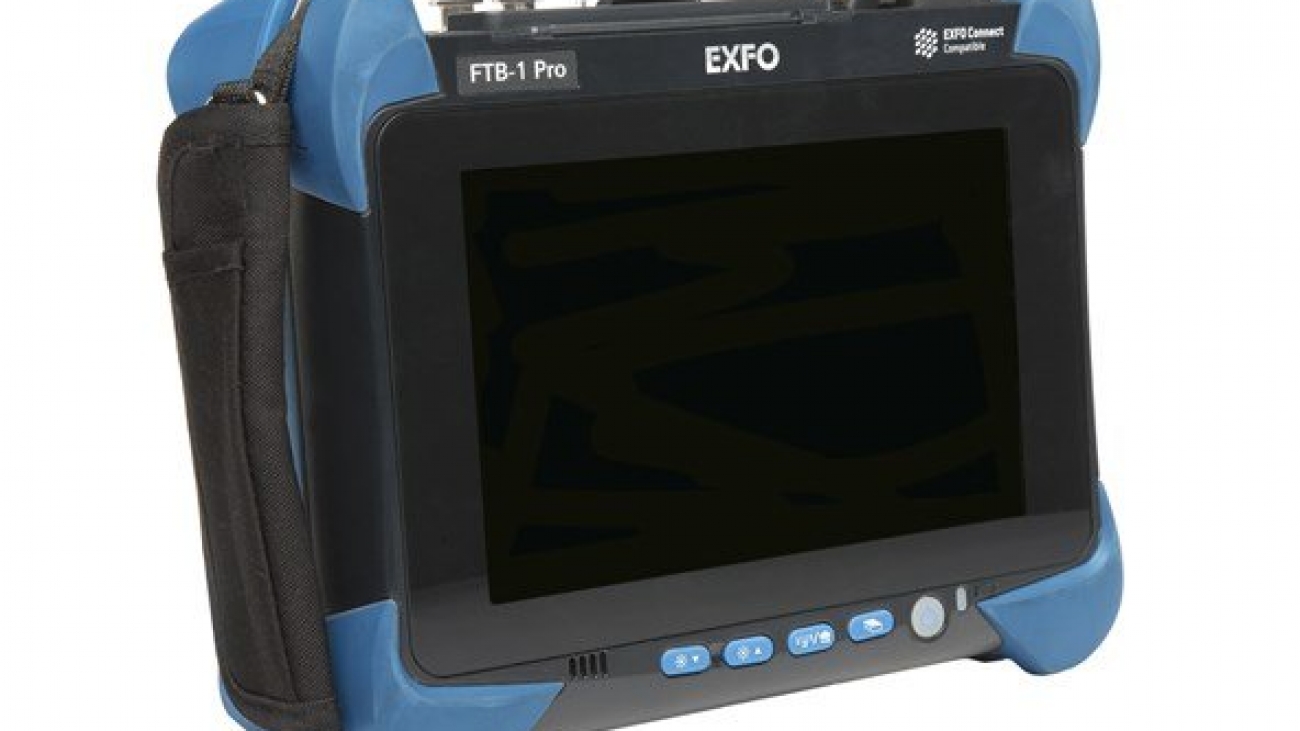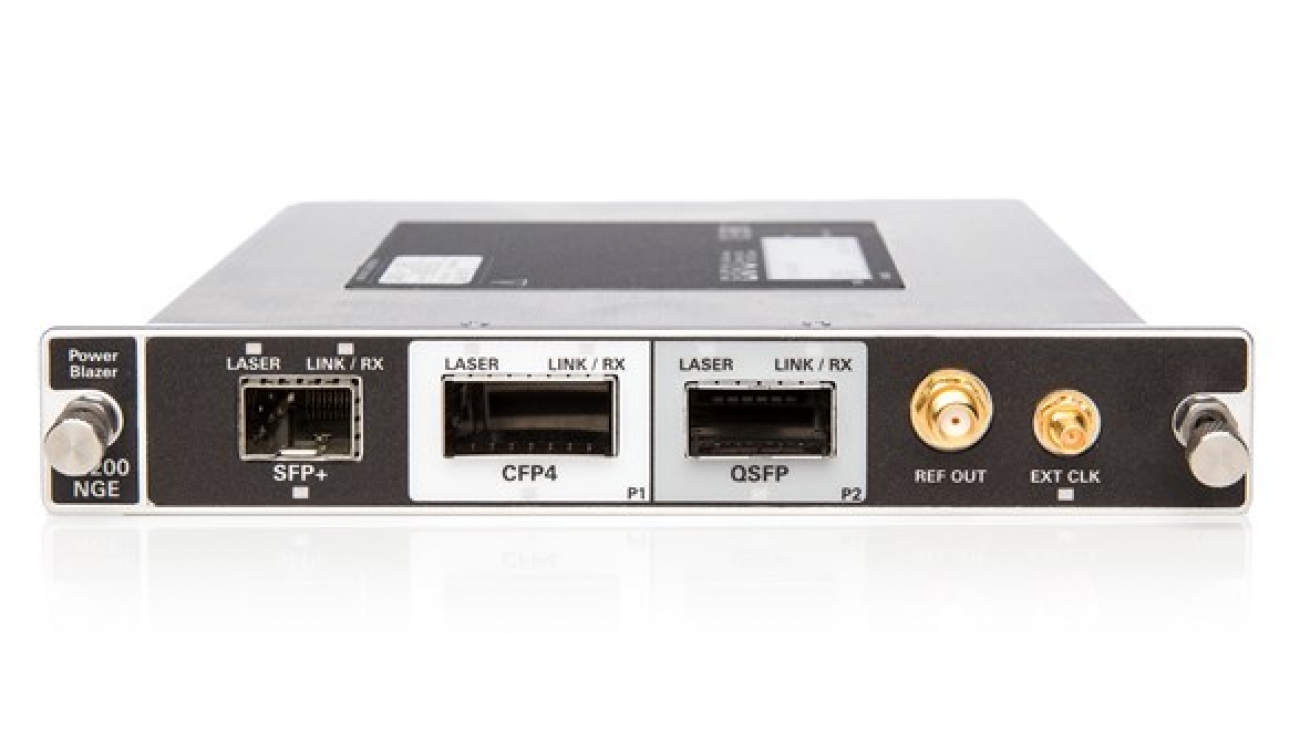EXFO’s FiberBasix 50 series meets your basic day-to-day test requirements while helping you stay within budget. These worry-free, straightforward handheld testers enable accurate measurement of signal attenuation during fiber-optic cable installation.
The FiberBasix 50 series includes two highly convenient instruments:
- The ELS-50 Light Source, combining up to three wavelengths in a single configuration
- The EPM-50 Power Meter, which offers high accuracy and referencing capabilities
An FTTx test solution
These products are part of EXFO’s series of FTTx optical test products. They allow for the testing of passive optical networks (PONs) at the three main wavelengths (1310, 1490 and 1550 nm) used in fiber-to-the-home (FTTH) and fiber-to-the-premises (FTTP) networks and comply with the ITU-T G.983 and G.984 Recommendation series and the IEEE 802.3ah standard.
ELS-50 light source: multiwavelength capability
EXFO’s ELS-50 Light Source provides excellent stability and high measurement accuracy for up to three singlemode wavelengths or two multimode wavelengths. It is the perfect complement to the FiberBasix 50 EPM-50 Power Meter when it comes to measuring attenuation on fiber-optic links.
EPM-50 power meter: high accuracy and easy referencing
The EPM-50 Power Meter provides highly accurate power measurements, as well as reference value setting capabilities. It offers power autonomy of 300 hours, for reliable, long-lasting performance in the field.
